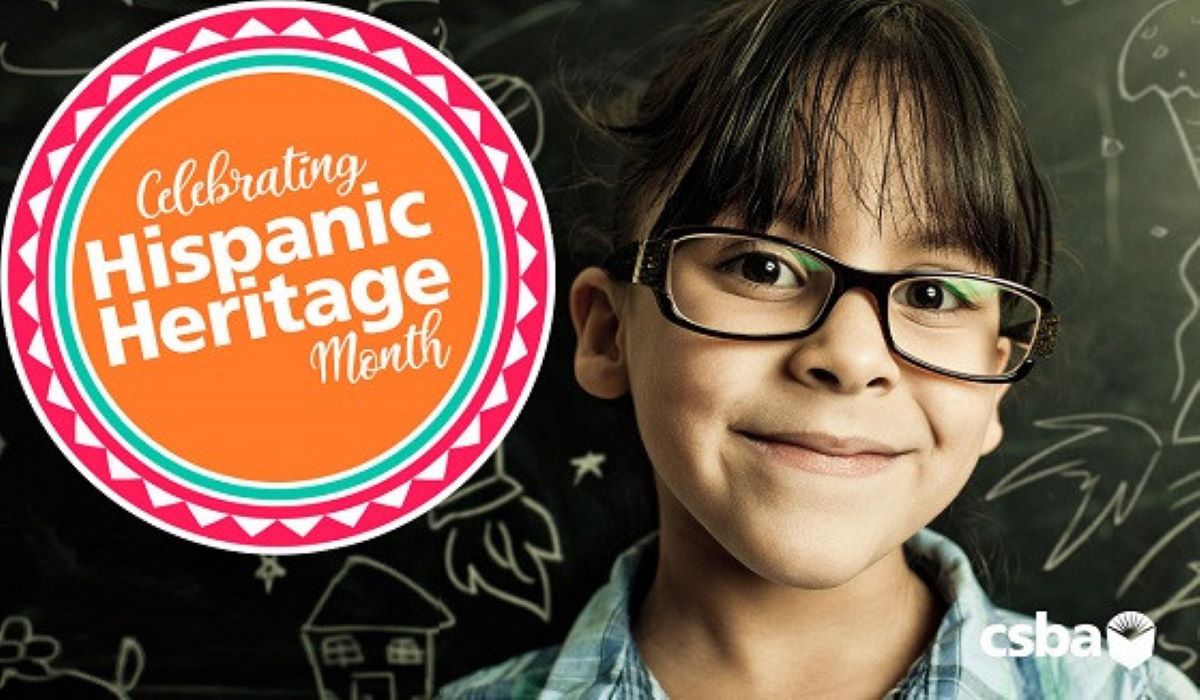April is National Bilingual/Multilingual Learner Advocacy Month — a time to recognize efforts local educational agencies are making to uplift the cultural and linguistic assets of K-12 students.
The ability to speak more than one language is increasingly being celebrated and encouraged in education. California’s English Learner (EL) Roadmap Policy, State Seal of Biliteracy program and the launch of the federal Being Bilingual is a Superpower initiative are some recent examples of steps being taken to support high-quality language programs.
“In today’s interconnected multicultural society, being multilingual is a global competency that creates bridges to opportunities. Multilingualism is an asset that encourages interconnectedness with families and strengthens multiethnic communities,” said Alma Carina Castro, Lynwood Unified School District board vice president and director of state and policy partnerships at the California Association for Bilingual Education (CABE).
Lynwood USD champions multilingual learning through an annual recognition of those participating in biliteracy pathways and other events, via board policy and Local Control and Accountability Plan (LCAP) investments to meet related goals, and by partnering with Los Angeles County Office of Education’s Multilingual Academic Support unit for professional development.
Castro noted they are also expanding dual immersion programming to a second school — in line many LEAs across the state. “A bright spot LEA is Anaheim Elementary School District, recipient of the CSBA Golden Bell Award for their dual language immersion program at all of their 23 schools,” Castro said.
San Bernardino and Fresno county school districts have grown their programs with Fresno adding more early education dual language programming.
San Diego COE has introduced programs to meet the needs of newcomer students and local districts have invested in professional development for educators and use data to identify supports needed for multilingual learners. Butte COE has also focused on preparing teachers by creating a pipeline program meant to develop a diverse group of bilingual educators.
The positive effects of bilingual/multilingualism are far reaching in school communities.
“The benefits for English learners and for native English speakers include cognitive development, economic opportunities, interconnectedness with families and community, and provides a skill that will open many opportunities for education, career, civic engagement and life,” Castro said. “When multilingualism is celebrated as an asset, ELs feel affirmed and validated as students who possess a multilingual genius brain.”
And though the state is in a time of “more welcoming language policies,” according to Castro, advocacy efforts must continue to support the 1.1 million ELs in California’s student population.
Celebrating multilingualism
Castro highlighted actions that LEAs can take to observe National Bilingual/Multilingual Learner Advocacy Month including sharing stories of the powers of multilingualism, biliteracy pathway recognitions, passing local policies or resolutions committing to supporting multilingual education and ensuring Local Control and Accountability Plan investments in multilingual education.
Beyond April, trustees can work to implement the EL Roadmap locally and secure professional development opportunities for teachers on EL-related policies and initiatives.
Resources
Building buy-in is key and there are many resources and partner organizations available to assist LEAs.
“The implementation of an education policy such as the EL Roadmap Policy depends on all educational partners. There is a need for continued engagement of all partners and to further engage parents and guardians by creating awareness and information building on the many benefits of multilingual education,” Castro said. “Today more than ever we must continue to build a coalition and advocate to protect education services, programs and human capital at our schools to ensure equity for English learners.”
Some resources include:
- CABE: www.gocabe.org
- California Department of Education EL Roadmap resources: www.cde.ca.gov/sp/el/rm/resources.asp
- Multilingual California project: mcap.gocabe.org
- Global California 2030: Speak, Learn, Lead initiative: www.cde.ca.gov/eo/in/documents/globalca2030report.pdf
- Californians Together: californianstogether.org
- Sobrato Early Academic Language: seal.org
- Early Edge California: earlyedgecalifornia.org




